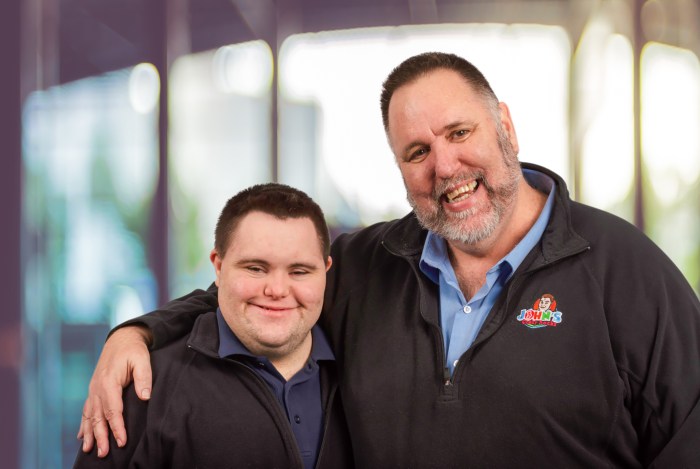 As an adult I refuse to put my faith in some rodent as to whether the following weeks will be wintry or warm. But still I enjoy hearing whether the groundhog saw his shadow or not. It brings me back to my childhood where such winter traditions brought some brightness into the coldness of the season.
As an adult I refuse to put my faith in some rodent as to whether the following weeks will be wintry or warm. But still I enjoy hearing whether the groundhog saw his shadow or not. It brings me back to my childhood where such winter traditions brought some brightness into the coldness of the season.
Then in 1993 the movie Groundhog Day came out. In it a weatherman played by Bill Murray experiences the same Ground Day over and over again and begins to re-examine his life and priorities. This movie colored February 2nd in a new way and many of us not only think of “rodent,” but also “new opportunity for change” whenever this day rolls around.
The problem with change is that we can clearly see in others what we’d like to change in them. And others have similar thoughts about us. But it’s a rare moment when we can see what change in ourselves would benefit us and others. Oh perhaps we get glimpses in what we want to change. But actually changing? That’s another story. To prove this, let me ask, “How are you doing with those New Year’s resolutions?”
Bravo to all who are sticking to their plans for exercise or change in diet, etc. But year after year, it’s been shown that at least 80 percent of those who make resolutions have given them up within a few weeks.
Groundhog Day reminds us that we can start again and for Christians the upcoming season of Lent involves making new resolutions that can be tested for just 40 days. If we unite our attempt to change with maturing in our spiritual life, we’ve got a better shot at becoming who we’re meant to be.
There are three traditional actions associated with Lent, which coincidently begins this year on Valentine’s Day. They are prayer, fasting and almsgiving. Sometimes people see these activities as either dreaded disciplines or ways we can show God that we merit divine love and acceptance. However these practices are really about finding healthy growth and changes that lead to that growth.
Prayer. This is not about saying prayers. Since healthy prayer is about listening to God more than speaking to God, our prayer time during Lent opens us up to God in new ways. Churches offer many different prayer experiences and many people take advantage of these to grow in their relationship with God.
Fasting. This is not about losing pounds and inches. It’s about giving up those things that keep us from a healthy relationship with God, with others, and yes, our own bodies. If we’re prone to nagging, fasting from nagging is good for our relationship with the “nagee.” If we’re prone to a harmful addictive substance, fasting from that is good for our personal health. Some people choose some favorite food to give up (e.g. chocolate or ice cream) but unless those are destructive foods, it is better to give up something that really detracts from living a balanced life. Some people say, “Instead of giving up something for Lent, I’ll do something positive instead.” Positive is good. But if we’re avoiding giving up something that’s bad for us or annoying to others, we’re missing an important function of Lent.
Almsgiving. No matter how bad we have it, someone else has it worse. What can we do to help others? How can we donate money to make a difference? How can we donate time to assist someone to get beyond their struggles? Sharing money and time in new ways is an important activity during the 40 days of Lent.
While the groundhog’s prediction is fun, it’s not as valid as our own predictions for successful do-overs in the days ahead.































